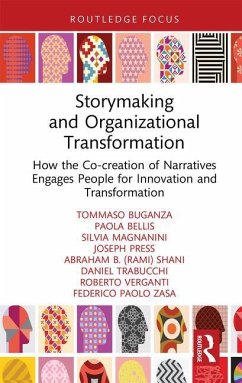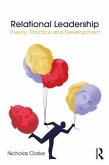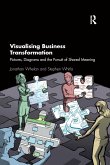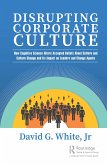In a world undergoing continuous change, organizations find themselves facing the challenge of how to keep innovating to stay competitive. Inside any organization, people are the cornerstone on which innovation rests and builds, yet it is ever more difficult to engage everyone in designing their organization. This book explores and discusses how employees can be engaged digitally to assist innovation initiatives and lead to organizational transformation.
Storymaking and Organizational Transformation is based on the research activities of the platform IDeaLs during the year 2020 and provides a perspective on how employees can be helped to understand and even contribute to organizational innovation spontaneously. The book contributes to advancing understanding of engagement from two main perspectives: first, the authors introduce an approach based on storymaking; second, six cases are studied in depth and the application of the digital storymaking approach is explained. The authors introduce new ways of organizing in a context of ongoing change, as they bring forth the idea that engagement is a continuous practice of designing meaningful narratives which connect people and evolve along with them.
The book will appeal to both academics and practitioners across management fields. Scholars of innovation management and organization sciences will benefit from the extensive review of organizational transformation and innovation from a sensemaking perspective, whilst the practical, case studies provide a valuable resource for practitioners looking to effect change and manage transformation.
Storymaking and Organizational Transformation is based on the research activities of the platform IDeaLs during the year 2020 and provides a perspective on how employees can be helped to understand and even contribute to organizational innovation spontaneously. The book contributes to advancing understanding of engagement from two main perspectives: first, the authors introduce an approach based on storymaking; second, six cases are studied in depth and the application of the digital storymaking approach is explained. The authors introduce new ways of organizing in a context of ongoing change, as they bring forth the idea that engagement is a continuous practice of designing meaningful narratives which connect people and evolve along with them.
The book will appeal to both academics and practitioners across management fields. Scholars of innovation management and organization sciences will benefit from the extensive review of organizational transformation and innovation from a sensemaking perspective, whilst the practical, case studies provide a valuable resource for practitioners looking to effect change and manage transformation.








